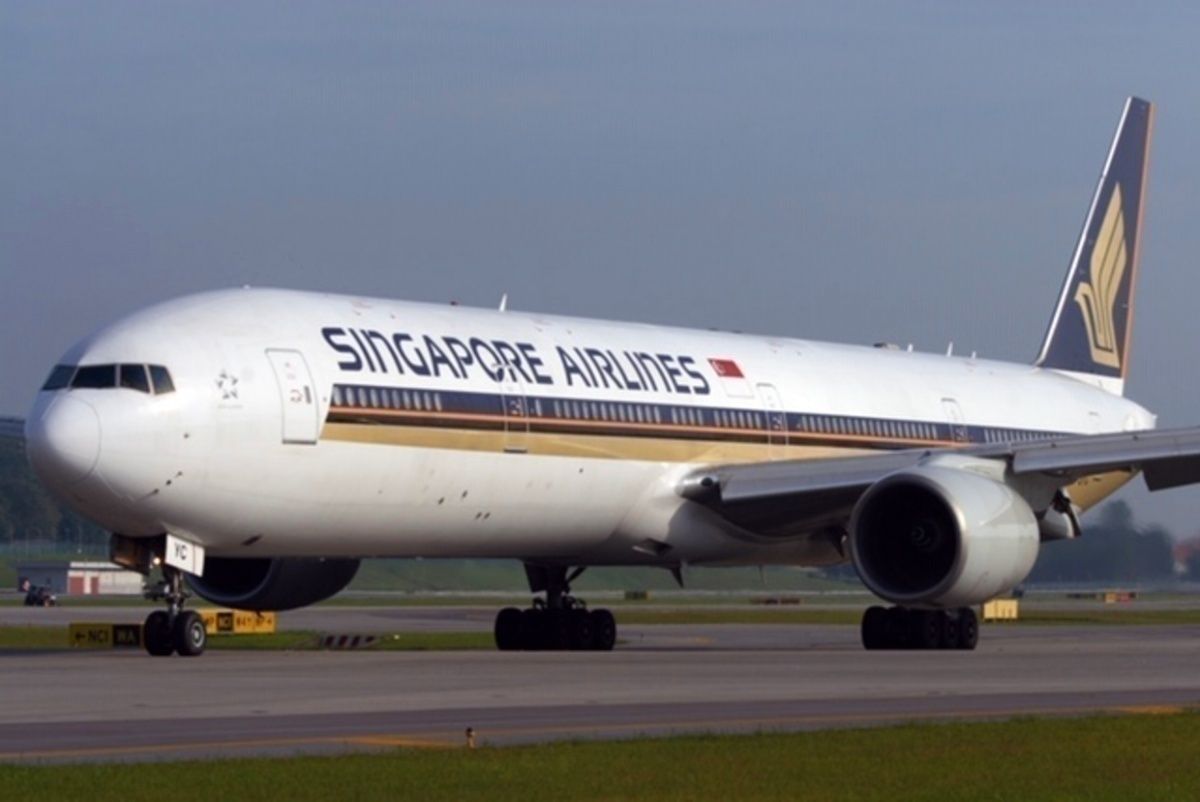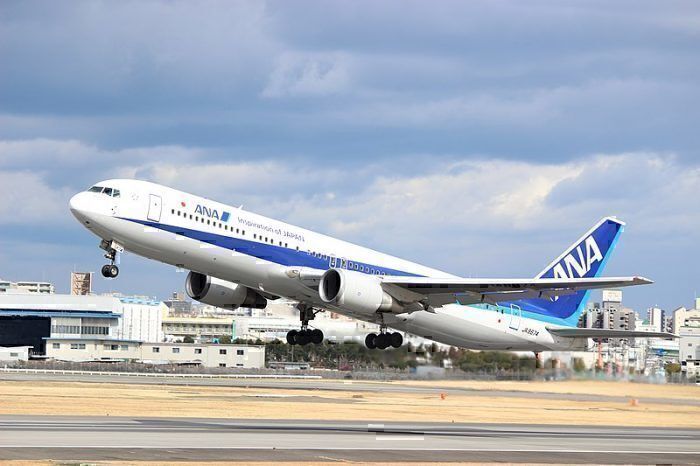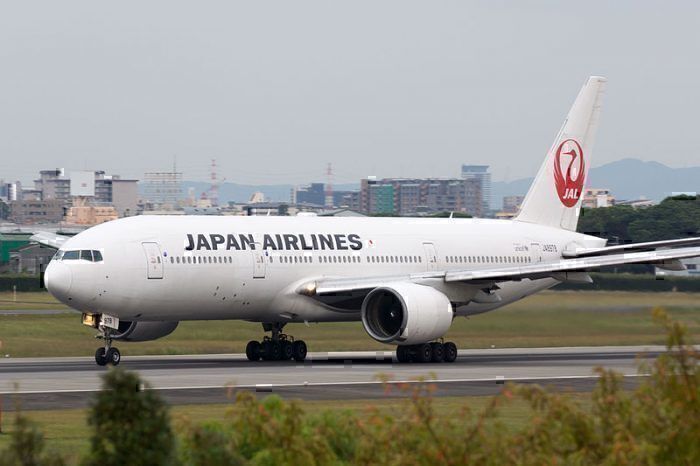Two of Asia’s best airlines are seeking to deepen their existing working relationship, opening up some tantalising prospects for passengers jetting around Asia and beyond. Both ANA and Singapore Airlines are said to be in talks regarding a joint venture.
Both airlines are members of Star Alliance. They also have a codeshare agreement on some routes that stretches back a decade. But the potential joint venture will dramatically extend the depth and breadth of any existing working relationship between the two airlines.
A significant deepening of an existing relationship
The Nikkei Asian Review is reporting that the proposed joint venture is slated to launch in 2021 and will allow the two airlines, amongst other things, to coordinate schedules, networks, fares, inventory and pricing. The proposed joint venture is subject to government approval plus meeting antitrust and fair competition criteria.
Singapore’s The Straits Times reports that the joint venture would cover flights between Singapore and Japan, Malaysia, Indonesia, India, and Australia.
An announcement by the airlines concerning the proposed joint venture is expected in a matter of weeks.
Neither airline is saying much at the moment. Simple Flying has approached both airlines and is awaiting a response. Singapore Airlines did tell FlightGlobal recently;
"SIA and ANA are both members of Star Alliance. We have enjoyed cooperating on codeshares and in other related areas that has brought benefits to our customers.
"As we do with all airline members, we have regular discussions on how to expand our cooperation to deliver more value and opportunities to our customers.”
What the joint venture could entail
A joint venture can bring obvious benefits for passengers, offering more choice, flexibility and the ability to move seamlessly between airlines. It can also reduce competition and that’s what government regulators will have an interest in. For the airlines, a joint venture allows the airlines to reduce some of the competitive pressures in the increasingly crowded Intra Asian aviation market.
Tokyo based ANA is the largest airline in Japan by both revenue and passenger numbers. But Singapore Airlines has twice the annual passenger numbers nearly four times annual revenues. On the Singapore - Tokyo route, both ANA and Singapore Airlines compete with Japan Airlines. Japan Airlines generally has a couple of flights a day in each direction. ANA has about four flights a day in each direction. Singapore Airlines has up to six flights a day in each direction.
Whilst the proposed joint venture encompasses more routes than those between Singapore and Japan, this route is a key route. An obvious inference from the proposed joint venture is that competition on this route will be significantly lessened.
ANA's first joint venture with an Asian airline
If the proposed joint venture does get the tick of approval, it will be ANA’s first joint venture with an Asian airline and only it’s fourth overall. The airline has pre-existing joint ventures with United Airlines, Lufthansa and Virgin Australia.
Singapore Airlines has existing joint venture agreements with Lufthansa, Scandinavian Airlines and Air New Zealand.
In addition to these joint venture agreements, both airlines have codeshare agreements and other relationships with a variety of airlines. These are both inbuilt via the Star Alliance mechanism and external to it.
An attempt to head off competitive threats
Like aviation markets elsewhere, aviation is Asia is evolving fast. Established legacy airlines are under assault from low-cost carriers. Aggressive Chinese and Middle Eastern mega carriers are making inroads in the region. Passenger numbers in the region are expected to more than double to 3.7 billion over the next two decades.
For high-end premium carriers like ANA and Singapore Airlines, there are both threats and opportunities. The proposed joint venture as a way to minimize the former and maximize the latter.
All they now need to do is convince the government regulators to come to the party.



